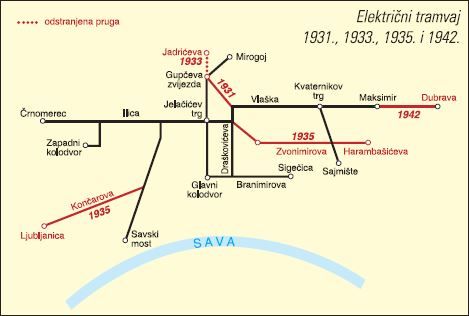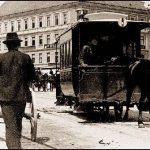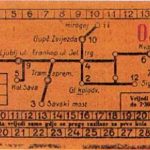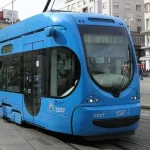We left our story of the history of public transport in Zagreb in 1910, when the first electric trams were introduced in Zagreb.
Those electric trams were made up from 28 motor cars and 14 trailers, and each motor car had two engines of 25 horse power each (quite an improvement to the former literal 2 horse powers before electrification), and they were purchased from a Hungarian factory. In 1911 the major new tram line was added to the already existing network, as the tracks were constructed from Ban Jelačić square, across Kaptol and Nova Ves all the way up to the Mirogoj cemetery (and that line will be where the most unfortunate and deadly accident in the history of ZET took place decades later). As that line was quite steep (the ascent was almost 10% on average), new motor cars needed to be purchased that had even more power. After years of problems with the foreign owner of the company operating the trams, during the World War I those problems were apparently solved when Zagreb Bank was able to purchase almost all of the shares from the previous owners from Brussels (you see we had problems with those EU bureaucrats over a hundred years ago!).
Then, after the war was over one of the most important people in the history of Zagreb traffic came to ZET, engineer called Dragutin Mandl, who will be innovating in ZET for the next four decades. His plans and designs were used to create the first tram cars built in Zagreb, M-22, which started operating in 1922. That turn towards manufacturing led to investments into the workshop and education for the employees who worked on engineering and allowed for a lot of money to be saved in the upcoming years. In 1923 another major change happened to the Zagreb trams: they began systematically changing their colour to blue, and they remained consistently blue until mid nineties, when the pressure of marketing was too strong, and companies were allowed to colour entire trams if they paid enough money for that.

One nugget in the history of ZET that not a lot of people living in Zagreb are aware of is the fact that there used to be tram tracks through Klaićeva and Hebrangova streets, but unfortunately it was discontinued in 1924 because there weren’t enough passengers using it. You can, however, see remnants of the long forgotten tram line to this day: at the beginning of Klaićeva Street, right next to the Museum of Arts and Crafts (image taken from Google Earth) there’s still the old construction that served as the tram stop shelter, and after the tram traffic there stopped, it was remodelled as a kiosk.
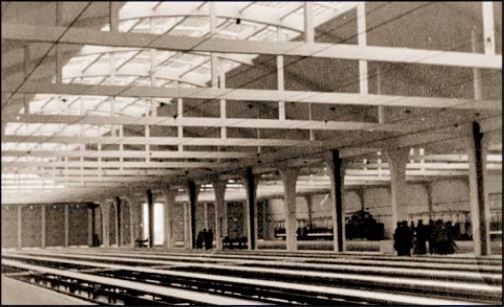
The next big step for ZET in that period was the introduction of the new depot, on Ljubljanica, which was opened in 1936 (people in Zagreb still call the depot and the entire neighbourhood “Remiza”, because of the depot located there). Due to the architectural solution using two reinforced concrete arches over 25 meters wide, it was considered to be one of the most modern in Europe. In order for the trams to be able to reach their new depot, ZET had to build two overpasses for the train traffic, so that trams and trains can operate at the same time, without the need to stop the traffic with barriers.
Although one would expect that not much has happened during the war-time years of WWII, the further extension of the tram lines happened in 1942, when Dubrava was connected with Maksimir, and several further investments were made into improving of the depot in Ljubljanica.
